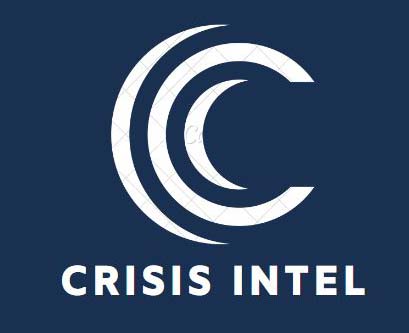Lessons Learned from
Previous Disasters
Case Studies of Past Disasters and Their Impact:
Case studies of past disasters provide valuable insights into their causes, impacts, and response efforts. Key aspects include:
- Examining the context and circumstances surrounding each disaster, including the specific hazards, geographical factors, and socio-economic conditions.
- Analyzing the impact on human lives, infrastructure, economy, and the environment to understand the magnitude of the disaster’s consequences.
- Assessing the effectiveness of response and recovery efforts in mitigating the impact and supporting affected communities.
- Identifying key lessons and best practices that can be applied to future emergency management strategies and plans.


Analysis of Successes and Failures in Emergency Management:
Analyzing successes and failures in emergency management allows for continuous improvement in response strategies. Key aspects include:
- Identifying successful response efforts that effectively reduced the impact of disasters, saved lives, and facilitated recovery.
- Examining failures and shortcomings in emergency management, such as delays in response, lack of coordination, or inadequate resources, to understand the factors that contributed to those failures.
- Assessing the reasons behind successful or failed communication, evacuation, and coordination efforts during emergencies.
- Identifying gaps in preparedness and response capabilities, as well as systemic challenges that hindered effective emergency management.
Incorporating Lessons Learned into Future Preparedness Efforts:
Applying lessons learned from previous disasters is crucial for improving future preparedness efforts. Key aspects include:
- Updating emergency plans, response protocols, and standard operating procedures based on the identified lessons and best practices.
- Enhancing training and education programs for emergency management practitioners to incorporate the identified lessons into their skill development.
- Strengthening communication and coordination mechanisms based on the lessons learned to ensure effective information sharing and collaboration during emergencies.
- Investing in mitigation measures, infrastructure improvements, and risk reduction strategies based on the identified vulnerabilities and areas of improvement.
- Encouraging knowledge sharing and cross-sector collaboration to disseminate the lessons learned among emergency management professionals, researchers, policymakers, and the public.

